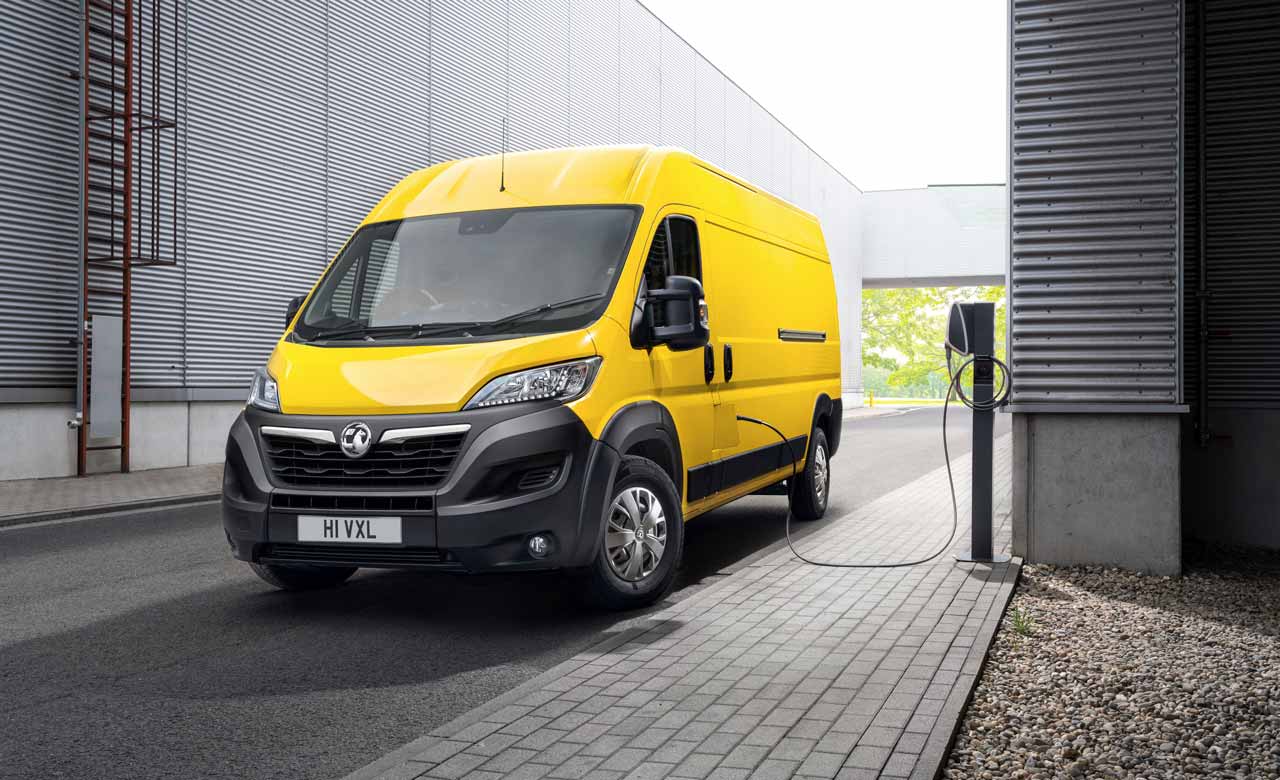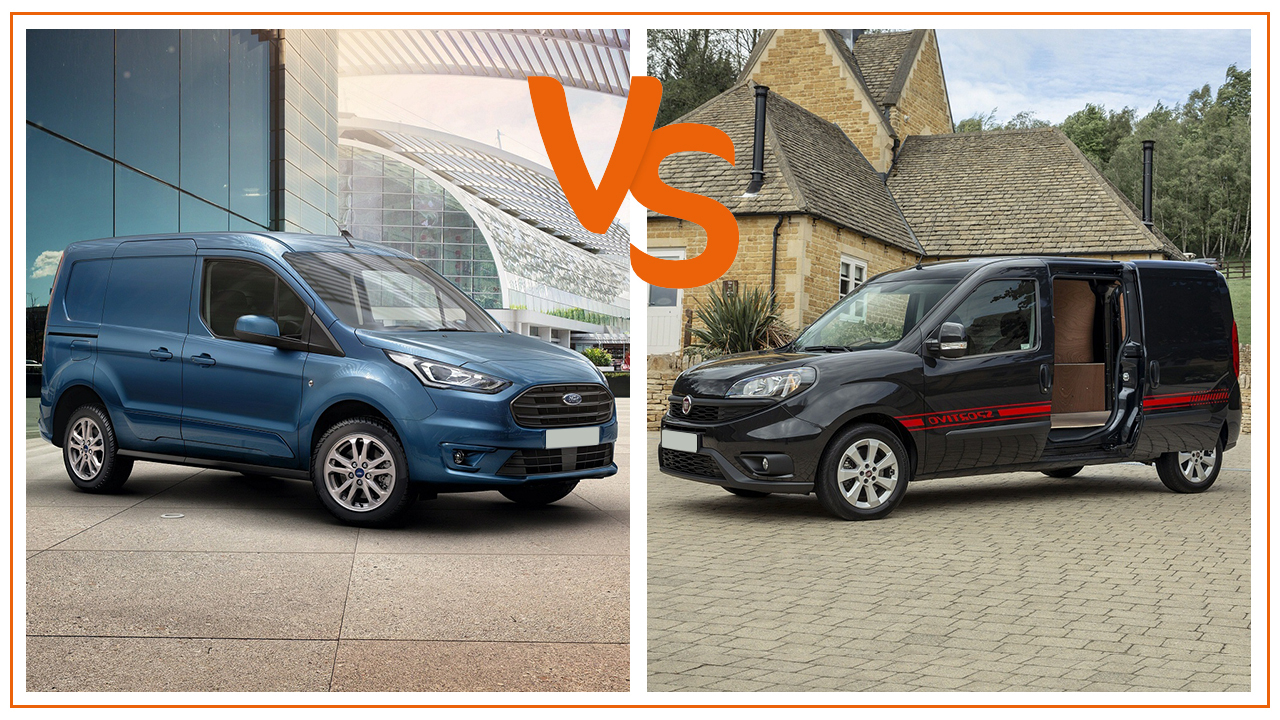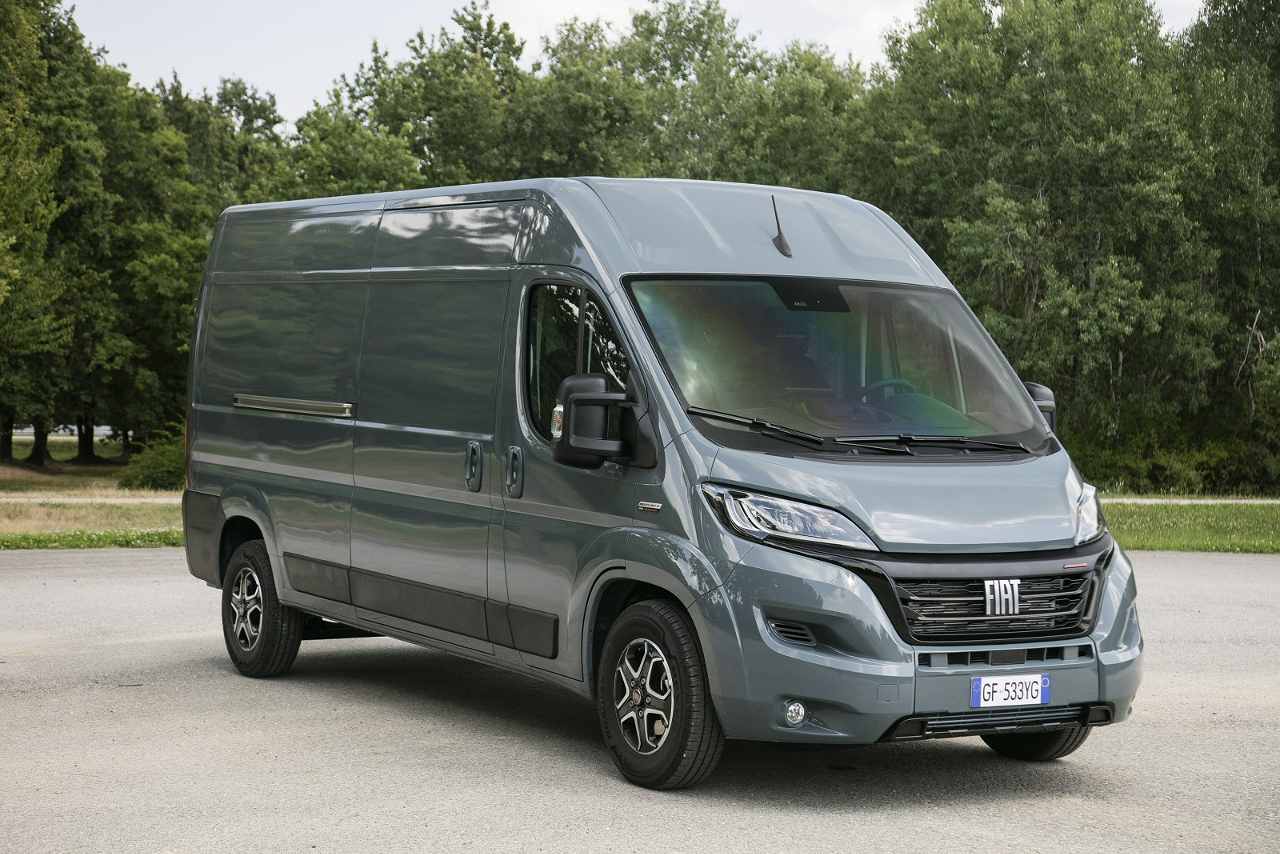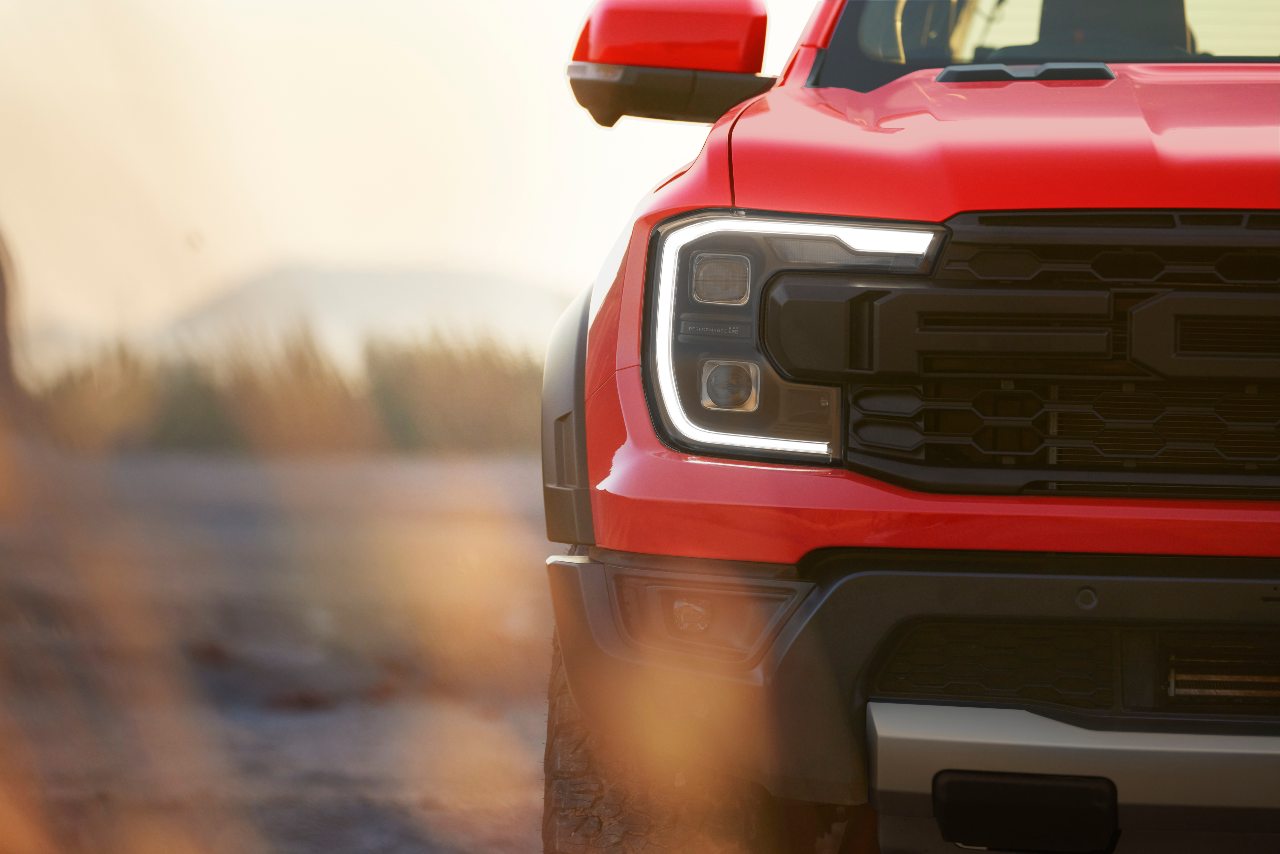If you’re looking to lease a new electric van, one of the first things you’ll ask is how far it can go before it needs recharging. Ranges are increasing all the time as technology advances but there are some big differences between manufacturers and models. Vanarama Van Expert Tom Roberts looks at which of the vans currently (or soon to be) on the market have the longest range.
Range isn’t the only consideration when deciding which electric van is right for you. Some of the vans offering more modest ranges could well have advantages in other areas you’ll need to consider. I just want to get that out there before we get stuck into the top 10 electric vans by range.
Wherever possible, I’ll use the official WLTP range as quoted by the manufacturer, and I’ll take the model in each range with the best figure. Bear in mind that this will, in some cases, mean an upgraded battery pack will need to be specified when ordering the van - at an increased cost. These figures are for comparison purposes only - it’s unlikely you’ll ever quite achieve these ranges in the real world – the load you’re carrying, the weather and driving conditions can all have a negative effect on how far you’ll get without a boost.
With that all out the way - caveats aplenty - let’s get into the top 10.
10. Vauxhall Movano-e, Citroen e-Relay & Peugeot eBoxer: 139 miles
This collection of Stellantis lookalikes shouldn’t be too ashamed of their position at the bottom of our table. Actually making the top 10 is an achievement because there are a number of electric vans which are noticeable by their absence in this list. We’ve not forgotten about them, but with ranges in just double figures they’ve been surpassed by technological advances made by their competitors.
There’s a 90kW 122hp electric motor under the bonnet of these vehicles and a 70kWh battery pack gives the van its range, although the Peugeot and Citroen models can also be supplied with an alternative 37kWh battery.
Let’s not forget that these are BIG vans, which, given their high unladen weight and less-than-ideal aerodynamics, are at a major disadvantage from the outset. So, room for improvement in the future maybe but not too shabby a result for these large vans.
9. Fiat E-Ducato: 148 miles
The Italian van has just edged ahead of its similar, but not identical, friends from Stellantis. Why? Because the drivetrain is completely different. While the Vauxhall, Citroen and Peugeot electric vans are the result of a post-build conversion by an independent company, Fiat has developed their own in-house solution which, on paper, means that the E-Ducato can travel that little bit further between charges. All of the vans have a 90kW electric motor but it’s important to bear in mind that the Fiat version has considerably less torque and a top speed limited to 62mph – their siblings can achieve 75mph.
8. Maxus eDeliver 3: 151 miles
Chinese firm SAIC, who market their vans under the MAXUS brand in the UK, has been an early pioneer in the electric vehicle industry. The eDeliver 3 is perhaps best compared in size to the now discontinued Nissan e-NV200 - it’s what I’d call a larger light van, not quite straying into medium van territory. Having said that, it’s got an impressive 1000kg payload and a load volume of 6.3 cubic metres. Some potential customers may be wary of a less-than-familiar brand name but the van is an impressive package overall and shouldn’t be ignored.
7. Mercedes-Benz eVito: 162 miles
Here’s a company getting its act together on electric van ranges. A few months ago the eVito would have joined its bigger brother - the eSprinter - outside our top 10 due to its uncompetitive range. 2022 has seen the launch of a revitalised van from the German manufacturer, the eVito getting a huge boost from its previously underwhelming 93-mile range. This has been achieved by increasing the size of the battery pack from 41kWh to 66kWh.
The Vito has always been the poor relation to the likes of Ford and Volkswagen when it comes to UK sales volumes in the medium van sector, but with Ford not having a fully-electric Custom, and VW’s ABT-e Transporter not making our Top 10, Mercedes-Benz may well soon be taking a significant market share with the new and improved eVito.
6. Renault Kangoo E-Tech: 164 miles
Just nudging ahead of the eVito is the Kangoo E-Tech, a brand new light van from the French manufacturer. At time of writing it’s yet to go on sale here in the UK, but we already know that it’s got a 120hp motor, a huge improvement on the 60hp unit in the outgoing Kangoo ZE which has been around for over 10 years. The battery pack is increased in capacity from 33kWh to 44kWh which helps give the van a range improvement of 21 miles over its predecessor. Renault is another manufacturer who has embraced EV technology and you can expect that there will be more product developments in the not-too-distant future.
5. Vauxhall Combo-E, Citroen E-Berlingo, Peugeot E-Partner & Toyota Proace City Electric: 175 miles
What do you get when you put an efficient electric powertrain into the most popular light vans on the market? Almost guaranteed overnight success! And Stellantis can’t manufacture enough of these great little vans which are technically identical, but with some trim and spec differences. With payloads of up to 800kg and a towing capacity of up to 750kgs, a rare thing on an electric van, the van is built to work. Its charging performance is pretty good too - 0-80% in just 30 minutes at a 100kW public DC charger and an overnight charge at your home 7.4kw wallbox will take just 7.5 hours.
4. Maxus eDeliver 9: 185 miles
Here’s the eDeliver 3’s big brother, not looking too dissimilar to another very popular van on the market. Hats off to the Chinese firm for achieving such a great range from a large van. There are 3 battery options available for the eDeliver 9, and obviously we’ve taken the largest here (which is only available in the long wheelbase version) to get that 185-mile range. If you don’t need the range, there’s always the opportunity to downgrade and save yourself some cash.
An electric motor with an output of 204hp means you won’t be left behind, but the payload of 860kgs might be an issue for some potential owners who will be surprised that the big van can carry only slightly more weight than the much smaller Vauxhall Combo-E and its siblings.
2. Ford E-Transit: 196 miles
Ford has been slow off the mark when it comes to developing fully-electric vans, but with motor outputs of up to 269hp the highest-powered E-Transit will be anything but. With a full launch due later in 2022, the electric version of the UK’s bestselling large van is long awaited. Ford is one of the few manufacturers that has taken advantage of the government’s dispensation allowing fully electric vans to operate at a maximum gross vehicle mass (GVM) of 4.25 tonnes on a standard driving licence (rather than being limited to the normal 3.5 tonnes) meaning that you can carry a maximum payload of 1758kgs.
Not content with offering what is possibly the best large electric van so far, Ford has priced the E-Transit extremely competitively so we expect to be able to provide some irresistible lease offers. Watch this space.
2. Vauxhall Vivaro-E, Peugeot E-Expert & Citroen E-Dispatch: 205 miles
These very similar medium-sized vans from the Stellantis group are currently dominating the electric van market, and it’s not hard to see why. They boast an exceptional range between charges, and with payloads of up to 1226kg they can carry considerably more than some larger electric vans. The 136PS electric motor won’t see you struggling up those long motorway inclines either. There’s a choice of 2 battery packs - 50kWh and 75kWh - with fast DC charges to 80% in as little as 30 minutes.
Depending on which brand you choose, there’s a long list of standard equipment over the various trim levels. It’s certainly worth doing the research to see which van and spec is right for you.
1. Renault Zoe Van: 245 miles
Absolutely storming past the opposition and straight to the top of our chart is the little Renault Zoe Van. OK, it’s not going to carry a tonne or provide 10 cubic metres of cartons but, for many businesses it’s a brilliant solution for moving small loads around urban environments, or for couriers who really need some decent range.
An electric motor with an output of 107hp is fuelled by a 52kWh battery pack, which can be charged in just under 9.5 hours by a standard 7kw home wallbox charger. For many users though, with such a massive range the van won’t need charging every day.
If the load carrying capability is something you need to know you’ll have 1 cubic metre to put your 387kg into. Smart.
If you’re thinking of leasing a new electric van, take a look at our Vanarama electric van leasing offers. There’s a great ‘range’ to choose from (see what I did there?).




